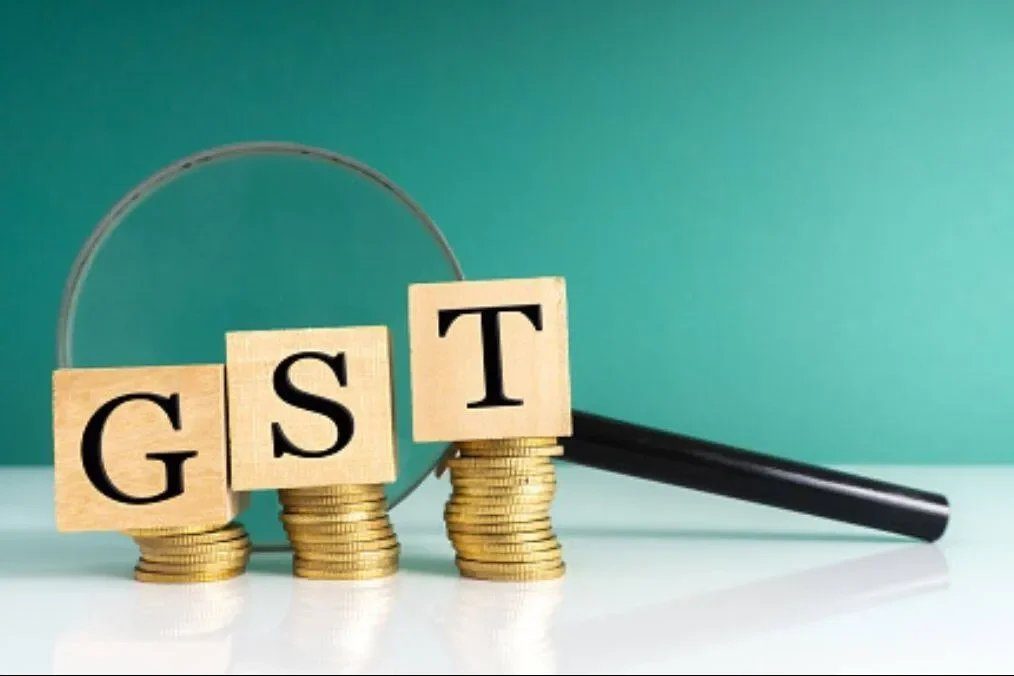For businesses operating in New Zealand, GST is a core part of everyday operations. Unlike income tax, which targets profits, the Goods and Services Tax (GST) is a broad-based consumption tax applied to most goods and services sold or consumed domestically, as well as many imports and digital services. Its scope is wide, and its impact extends well beyond tax reporting, influencing how businesses set prices, manage cash flow, and even choose their software systems.
Understanding the Framework: Rates and Exceptions
New Zealand’s GST is best known for its simplicity — a single standard rate of 15% applies to most transactions. This rate has held steady since it was raised from 12.5% in 2010, and it’s the amount you’ll see included in nearly every consumer purchase across the country.
But there are exceptions. A reduced rate of 9% applies to long-term accommodation — specifically, hotel stays that exceed four consecutive weeks. Meanwhile, some goods and services are taxed at a zero percent rate (referred to as “zero-rated”), including exports, financial services to registered businesses, international transport, and some land sales. Critically, zero-rated doesn’t mean exempt. Zero-rated supplies still require businesses to account for GST, which allows them to claim back input tax — a key benefit that exempt supplies don’t offer. Exempt items, such as residential rents and most financial services, sit outside the GST system entirely and don’t allow for input tax claims.
Who Needs to Register — And Who Might Want To Anyway
If your annual turnover exceeds NZ$60,000, you’re legally required to register for GST. This threshold applies across the board, whether you’re a large company or a sole trader with a thriving side hustle. It’s calculated on a rolling 12-month basis, so if you cross the line mid-year, registration becomes mandatory immediately.
That said, businesses earning less than NZ$60,000 can still register voluntarily. For some, this makes sense — especially if you incur significant expenses with GST, you could reclaim. The trade-off? Added paperwork, stricter filing obligations, and the need to include GST in your pricing.
For non-residents, the rules are equally clear-cut. Offshore businesses that sell digital services or low-value goods (under NZ$1,000 per item) to New Zealand consumers must register and charge GST once their sales to Kiwi customers exceed NZ$60,000 in a 12-month period. From 1 April 2024, even platforms like Uber, Airbnb, and food delivery apps must collect and return GST on listed services if the activity occurs within New Zealand.
What’s Taxable and What Isn’t
GST applies broadly, but it’s not universal. While most goods and services are taxable at the standard 15%, certain categories fall under zero-rated or exempt status. Exports, for example, are zero-rated, allowing businesses to recoup input tax even though the consumer pays no GST. Residential rents and mortgage interest, however, are exempt, and businesses providing these services can’t claim back GST on associated expenses.
Special cases include long-term accommodation, which qualifies for the 9% rate, and complex arrangements such as mixed-use businesses. If your operation straddles both taxable and exempt supply — say, a property developer who also offers financial lending — you’ll need to apportion expenses and carefully document input tax claims to remain compliant.
Managing GST Day-to-Day: Collection, Filing, and Refunds
For GST-registered businesses, every invoice becomes a tax document. You must add GST to your pricing and issue receipts that meet Inland Revenue’s criteria. Since 2023, simplified invoicing rules have made it easier for small businesses to comply, especially for transactions under NZ$1,000. Larger invoices must still include details like the recipient’s name and GST number.
Input tax — the GST paid on business expenses — can be claimed back, reducing your net tax payable. But this requires meticulous record-keeping, including receipts, credit notes, and import documentation. Most businesses file their GST returns either monthly, bi-monthly (the default), or six-monthly, depending on their turnover. Monthly filing suits high-volume enterprises, while six-monthly returns may benefit smaller outfits looking to reduce admin overhead.
Returns are due by the 28th of the month following the end of the taxable period, with some exceptions. Miss the deadline, and you risk late filing penalties (NZ$250 per return) plus monthly interest on unpaid balances.
Reverse Charges and Digital Complexities
For businesses that import services (think overseas consulting or software subscriptions), the reverse charge mechanism can come into play. If those services are used to make exempt supplies, the business must self-assess and pay GST on them — a compliance trap for the unwary.
Digital services are another growth area under GST. If you’re selling remote services like streaming subscriptions, e-books, or online courses to New Zealand consumers, you’re in scope. From April 2024, marketplace operators facilitating these services — even if based offshore — must collect and return GST, shifting responsibility away from the individual seller.
Staying Ahead: Tools and Habits That Help
The right systems make all the difference. Cloud accounting platforms like Xero and MYOB integrate GST calculations, return preparation, and IRD submissions, reducing manual errors. Beyond software, strong recordkeeping habits — such as maintaining seven years of GST documentation — are essential for audit readiness.
Staying current with legislation is also critical. Thresholds can change, as can the definition of who needs to register or collect GST. Signing up for updates from Inland Revenue or working with a tax advisor can prevent costly surprises.
The Most Common Pitfalls and How to Avoid Them
Mistakes happen, but some are more common than others: failing to register on time, confusing exempt with zero-rated supplies, miscalculating input tax, or forgetting to file returns altogether. Each of these can trigger penalties or delay refunds.
Perhaps the biggest avoidable error is underestimating the impact of GST on pricing and profitability. Charging GST without adjusting your base price means shrinking your margin. Not charging it when required can leave you covering the tax out of pocket.
Conclusion: Turning Compliance Into Advantage
Handled well, GST can be a strategic tool. By claiming input tax efficiently, avoiding penalties, and using compliance data to understand your business costs better, you turn tax into insight. And when in doubt? Seek advice early. It’s far easier to get it right from the start than to fix mistakes down the track.












